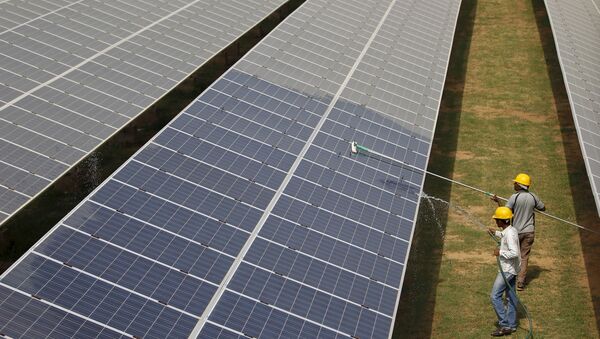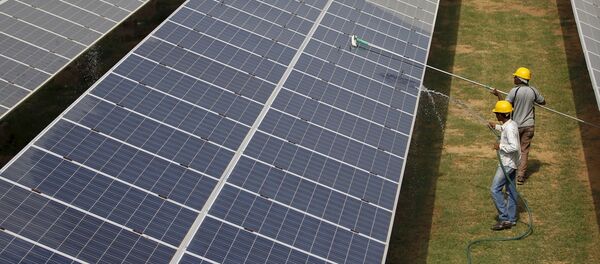“At current rates, the cost of solar power generation is at par with that of thermal power generation. Solar power tariff has been declining on account of sharply declining prices of solar panels, better structuring of the project that reduces risk for project developers and better currency hedging deals that make financing available at competitive cost,” said NTPC, India’s biggest thermal power generation company, which has also started promoting its business in the solar sector.
India has set a target of providing 175 GW of power from renewable sources by 2022. Currently, India has 51 GW of installed capacity of clean energy.
Meanwhile, the strong push to generate electricity through solar energy has created major demand for Chinese solar panels in India. The Narendra Modi government has doubled imports of solar cells and modules from China in the last two years. This was done after the Indian government admitted the manufacturing capacity for solar cells and modules would not cover full demand.
The government has set an ambitious target to phase out its all inefficient thermal power plants older than 25 years with energy-efficient ones in the next five years. It will cost India approximately $ 7.55 billion.
NTPC has given in-principle clearance to replace around 11000 MW of its old, inefficient thermal plants. NTPC has over 47 GW of capacity, mostly fired by fossil fuels.
India has pledged before United Nations Framework Convention on Climate Change to achieve 40 percent cumulative electric power capacity from non-fossil fuel-based energy resources by 2030.




